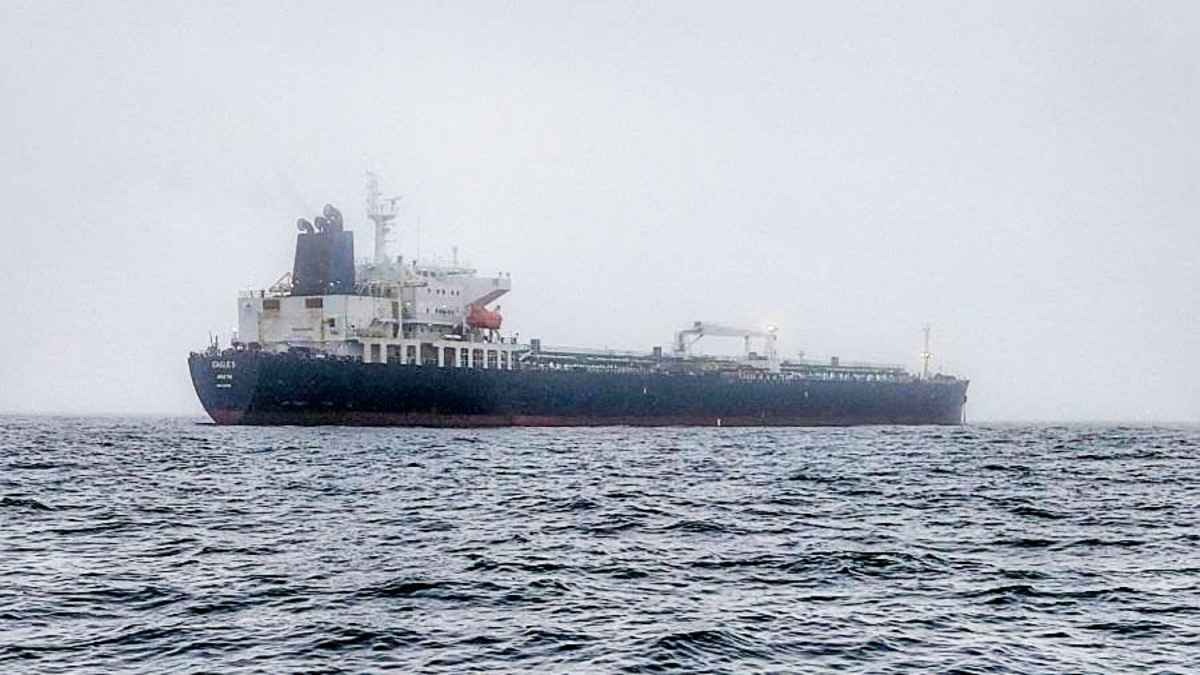US President Donald Trump extended the ban on Russian vessels entering American ports for another year, according to an order published in the US Federal Register.
According to the directive, Russia's policies and actions "continue to pose a threat to US national security" through violations of international relations.
"I am continuing for 1 year the national emergency with respect to the Russian Federation and the emergency authority relating to the regulation of the anchorage and movement of Russian-affiliated vessels to United States ports," according to the document.
The original ban was first implemented by former President Joe Biden in April 2022, prohibiting ships under Russian flags or vessels with Russian connections from entering US ports. This restriction has been extended multiple times since then.
White House Press Secretary Karoline Leavitt told reporters on April 11 that Trump has "been continually frustrated" with both Ukraine and Russia as US-led ceasefire negotiations continue without resolution.
The State Department previously emphasized that the United States would not make any agreements with Russia or lift sanctions until a ceasefire in the war against Ukraine is achieved.
On 10 April, Trump also extended the national emergency status concerning "harmful foreign activities of the Russian government." However, he said he would not impose new sanctions against Russia following its artillery attack on Sumy that resulted in 35 deaths.
A bipartisan group of US senators introduced legislation on 9 April to strengthen enforcement of sanctions against Russia's "shadow fleet" of oil tankers. The initiative aims to restrict oil revenues funding Russia's war against Ukraine.
"Russia is continuing its malign actions by operating a 'ghost fleet' to evade US sanctions, enrich its own war machine, and even aid Iranian oil smuggling," said Republican Senator Joni Ernst, one of the bill's sponsors.
Ukrainian President Volodymyr Zelenskyy announced a new sanctions package on 10 April targeting Russia's "shadow fleet," which Moscow uses to circumvent sanctions and maintain oil revenue flows.
Read also:
- Estonian navy detains Russian shadow fleet’s oil tanker near Tallinn
- Russia’s € 80 billion shadow oil trade operates through 387 tankers, intelligence says
- Germany confiscates Russian “shadow fleet” tanker with $ 43 million of oil





